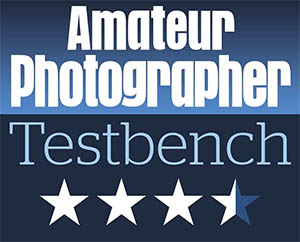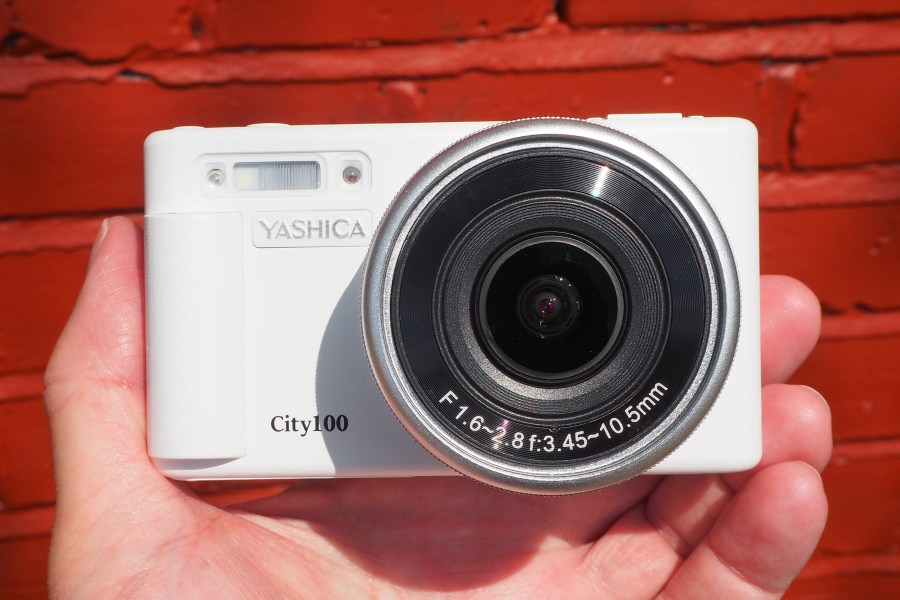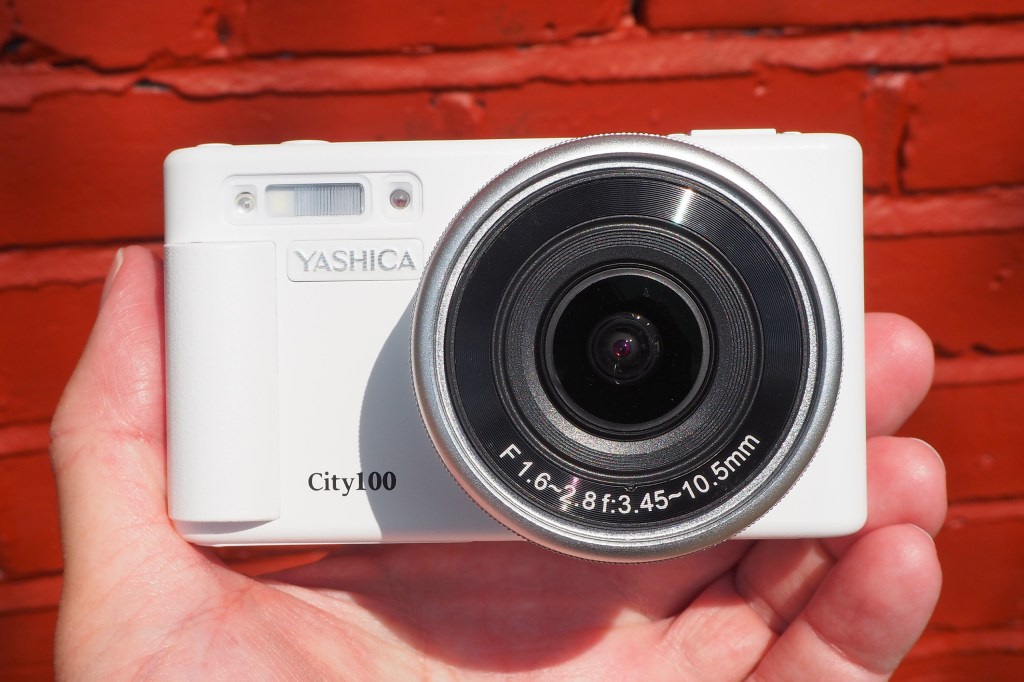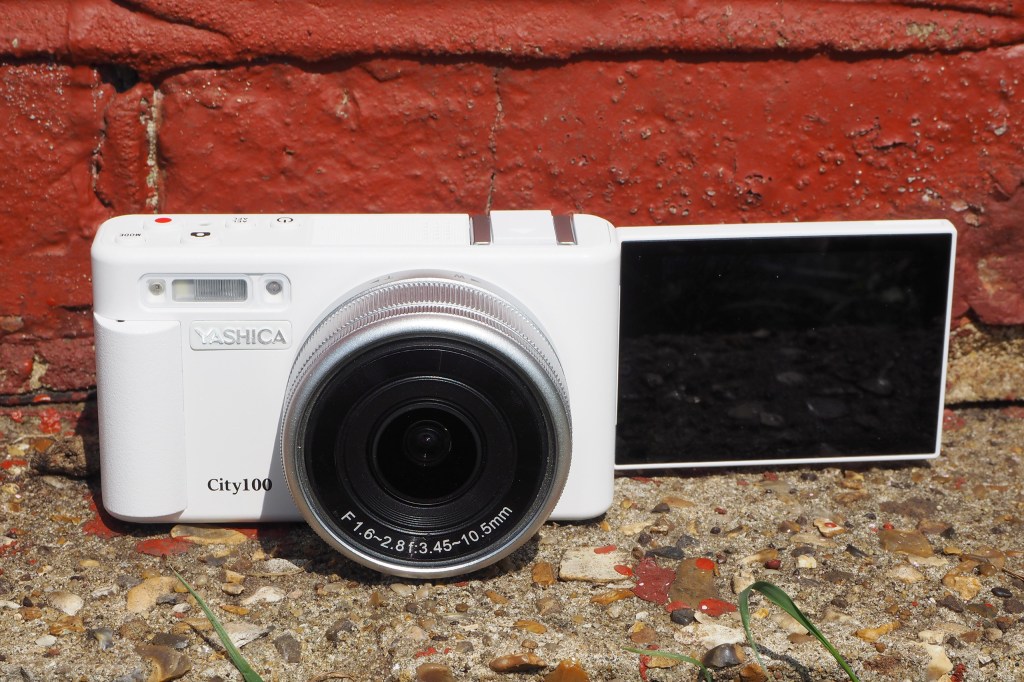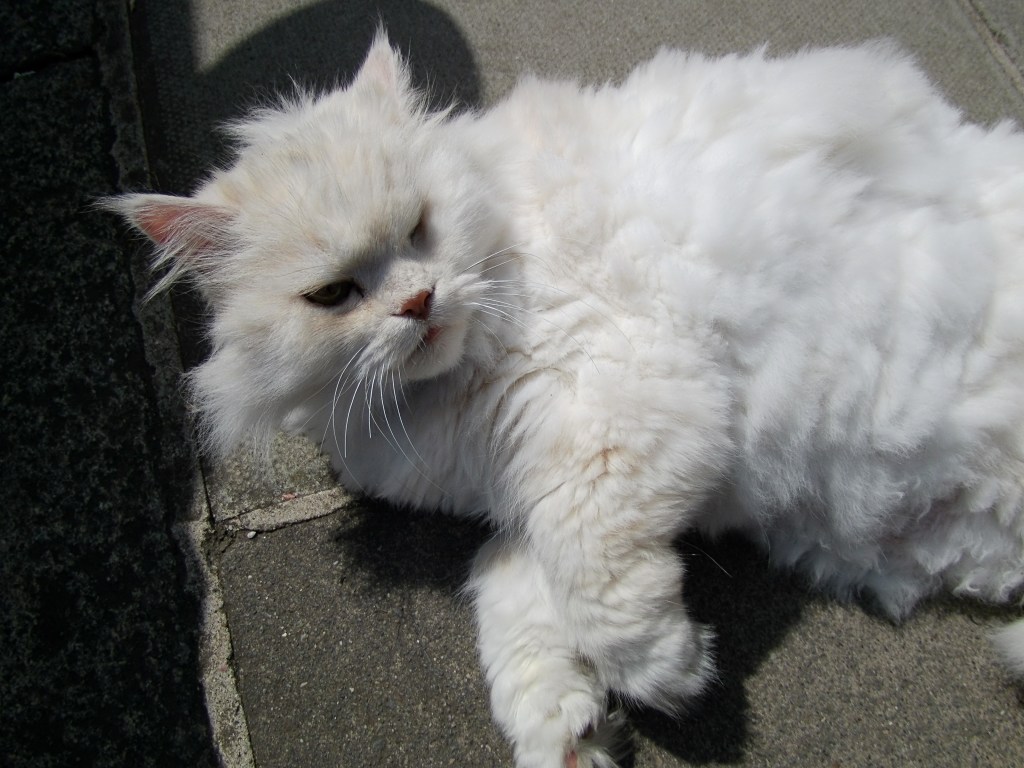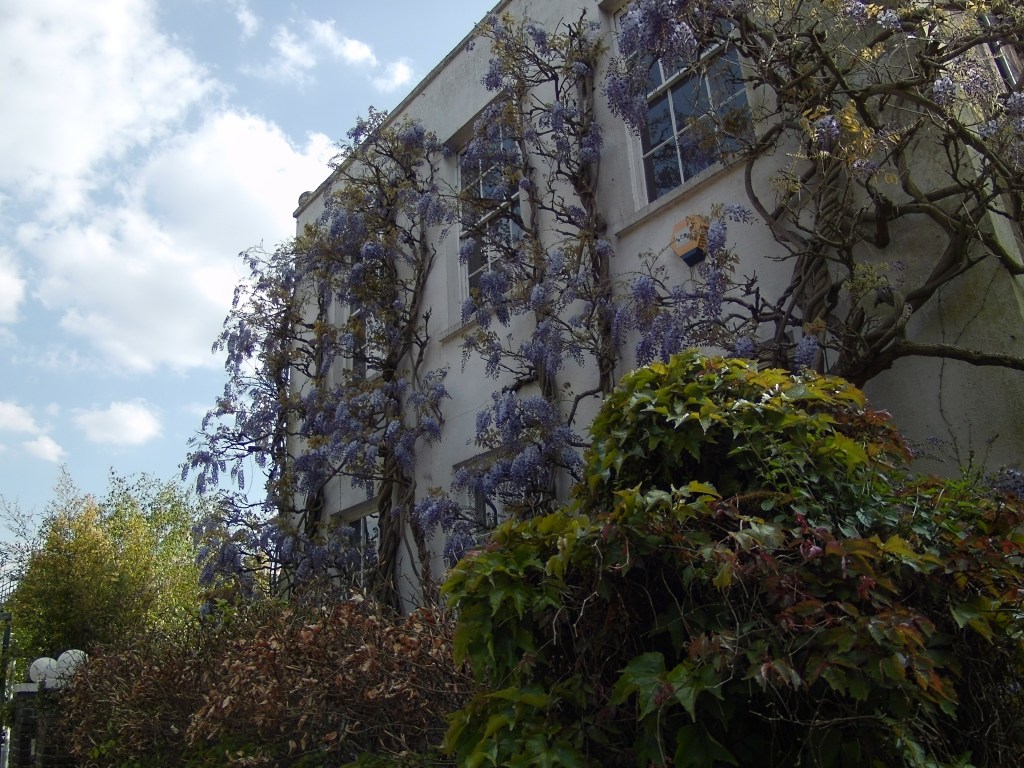Amateur Photographer verdict
The Yashica City100 offer 13MP images, and compact camera results, alongside sluggish operation and an LED flash, but for the low price it seems to prove you get what you pay for.- Useful 25-76mm equivalent zoom range
- Lightweight and portable
- Affordable price point
- Carry pouch, lens cloth, lens cap, USB lead and character keyring all included
- Plasticy construction
- Sluggish zoom motor
- Flip-out LCD isn’t angle adjustable, nor is it a touch screen
- Pointless 72MP interpolated resolution available
- LED flash rather than Xenon
One of two new Yashica branded point-and-shoot compact cameras – the other being the 10x zoom ‘City 200’ – does the 3x zoom Yashica City 100 boast enough in terms of build, features and performance to capitalise on the social media craze for old-school compacts?
Some 15 to 20 years ago, compact digital cameras were plentiful. Indeed, if one of my friends was buying a camera for nights out or family occasions, the likelihood was that it was a point and shoot pocket model rather than a digital SLR or super zoom.
Panasonic was a popular option at the time with its TZ series, like Yashica here, also recently revived. As swiftly as the changing of seasons we’d get half a dozen new models from each of the majors, leaving us spoilt for choice. Often the only difference between digicams was 4x optical zoom as opposed to 3x, or a 16MP sensor instead of 12MP. The same model might also come in four or five colours.
Over the past decade, however, easy-to-operate compacts have largely slipped from view, discontinued by the major camera manufacturers, with instead their more highly featured and expensive mirrorless releases putting clear water between such offerings and what smartphones are capable of.
So, despite the social media buzz around old digital compacts as I write, the Yashica City 100’s appearance is something of a surprise. It marks the re-emergence of not only point-and-shoots but also that of a brand that was at one time respected for its cameras, yet all but disappeared. There’s also a new City 200 model, which boosts zoom power to 10x, in contrast to this one’s 3x capability.
Of particular interest to us here is whether anything has substantially changed as regards the features, form and function of compacts this past decade? And does Yashica’s City 100 prompt a re-assessment of what such outwardly unsightly cameras are capable of? Read on to find out.
Yashica City 100 At a glance:
- 13 megapixel, 1/3-inch CMOS sensor
- 3x optical zoom lens, f/1.6-f/2.8, 25.4mm – 76.3mm in 35mm terms
- 0.5m to infinity focus range, or from 1m at telephoto setting
- 2.8-inch LCD screen, 4:3 ratio display
- MicroSD card slot
- 5K (5120×2880) 30fps / 4K video at 60fps
- Powered via supplied rechargeable NP-40 lithium ion battery
- 106×65.5×61.3mm in size
- 220g weight approximately
Features
Opening the box, initial impressions of Yashica’s City 100 are surprisingly positive. Given the budget price point, we weren’t expecting extras including lens cloth, soft carry pouch, wrist strap, USB lead and even a cartoon character key ring to be included along with the camera. We also get a tiny, printed user manual which can be slipped into a wallet for on-the-spot reference. Though brief, it at least covers the essentials to get us started.
Given this camera’s cost and the lightweight, plastic-y construction, the manual makes some surprisingly bold and enticing claims. These include a maximum 72MP JPEG photo capability and MP4 format video clips up to 5K at 30fps. Otherwise, it’s 4K video at 60fps, with a Full HD option ranging from 30fps, which seems about right for this particular snapper, up to 120fps. Otherwise for the higher settings is this merely interpolation and digital trickery at work? Certainly seems so, as when we switch the camera on the default settings are 13 megapixel stills and Full HD video, which is closer to the core features we’d expect from a camera with a sensor of this size.
A rechargeable lithium-ion battery is included, charged within the camera itself via the USB lead provided and a mains plug of our own. There’s no standalone mains charger, nor would we expect one at this price. The camera’s USB port is unprotected by any rubber flap or catch. This surprised us at first, until we remembered the USB connection on our mobile phone is similarly open to the elements and yet somehow manages to avoid attracting pocket lint.
How does the Yashica City 100 compare to its City 200?
Offering the same core 13MP resolution/s from a small, 1/3-inch sensor, the immediate difference between the Yashica City 100 and the City 200 released alongside it is the gap in their zoom power.
The ‘100’ model offers a modest yet motorised 3x optical zoom equivalent to 25.4mm–76.3mm in 35mm terms, plus a fast f/1.6 maximum aperture, its lens sitting proud of the body, almost resembling a detachable compact power zoom for a mirrorless camera.
The City 200 model by contrast ups the ante in offering a 10x optical zoom and theoretically a greater choice of framing options from a static viewpoint because of it. Indeed, on paper at least a 10x zoom suggests a more versatile travel zoom camera option, equivalent to 33.8mm-338mm in 35mm film terms; even if we will pay a higher price for a broader focal range.
Focal range aside, the two cameras are outwardly very similar looking, including that 2.8-inch backscreen. Except as well as the bigger zoom, the Yashica City 200 makes room on its top plate for a rocker switch for zoom operation, a feature the less expensive City 100 omits. The 200’s wider lens barrel also finds room for a secondary switch for toggling between auto focus and manual focus. So, options feel slightly more ‘hands on’ as regards the City 200, if we’re prepared to pay an extra one-off cost of just £40 ($50). It’s inevitably heavier than the City 100 as well, if marginally so, at a still very lightweight 238g.
What are the other features of the Yashica City 100?
Staying with the Yashica City 100, it betters most point and shoot compacts in offering an accessory hot-shoe on its top plate, while a screw thread is provided for possible tripod mounting at its base. Also stored at its base is the provided lithium-ion battery, adjacent to which is a vacant slot for optional yet essential microSD removable media card.
A further unexpected feature is a port for accessory microphone to the side, suggesting this camera is at least in part ambitiously aimed at the fledgling content creator crowd. Cleverly the provided lens cap is magnetic, so we don’t need to clip it on or slide it into place – it just automatically sticks.
Rather than a physical shooting mode dial presented on the camera itself, as we commonly find on competing compact digicams, a single top plate button marked ‘mode’ directs us to a virtual on-screen dial, where we can tab between Program, Shutter Priority, Scene, Infra-red, video mode and fully automatic mode.
A further surprise to find on a point and shoot compact, and something we’re more commonly finding on a DSLR, is a dedicated auto exposure / auto focus lock button. More commonplace is a series of built-in colour filters, ranging from the default standard to natural and vivid settings, moving through black and white and negative options, on to sepia-like ‘retro’ and ‘antique’ colour tones, and ending with red, green, blue and yellow filters for those who want their images to stand out from the norm. Gimmicky perhaps, but it all bolsters an otherwise standard feature set.
How is the Yashica City 100’s handling and design?
Despite the Yashica City 100’s name conjuring up thoughts of a modern metropolis or a swift and compact urban get-around vehicle, the design of the camera is functional rather than flashy and it can feel a little sluggish at times, most noticeably in the snail’s pace operation of its motorized zoom lens.
There’s a small, subtly rounded grip at the front of the camera and a thumb rest at the back, though we found curling the fingers of our left hand around the lens makes for a firmer overall hold. Its very lightweight 220g build means that we found the camera tricky to hold steady with just one hand, and even with battery and card loaded, it remains slightly insubstantial feeling and lightweight.
With the 2.8-inch LCD screen taking up roughly four fifths of the camera’s backplate in the absence of any eye-level finder, physical controls are squished to the right. These take the familiar form of a four-way control pad that at first looks as if it has a scroll wheel around its circumference; but its ridged edging proves to just be a design feature. Four buttons sit around this pad, equally familiarly marked: menu, info, playback and delete. What we don’t get here is a ‘back’ button which would have proved useful in terms of fluidity of operation.
While the screen can also be flipped out through 180 degrees to face the camera’s operator and enable inevitable selfies or video blogs, it cannot be tilted to easier enable low or high angle shooting, which unfortunately constricts us. The screen isn’t a touch screen either. But such minor gripes need to be set against the camera’s budget pricing and build; can we justifiably expect more of a budget model?
Yashica City 100 Performance
Photos and videos are composed and replayed via the Yashica City 100’s 2.8-inch, 4:3 aspect ratio rear LCD screen, which, surprisingly for what is otherwise a pretty humble point and shoot. Unfortunately, it doesn’t tilt, meaning creative angles are that little bit harder. It’s also difficult to see detail clearly on the screen, particularly in strong sunlight, which is a common issue with those cameras that don’t offer an eye-level viewfinder as an alternative means of composition and review.
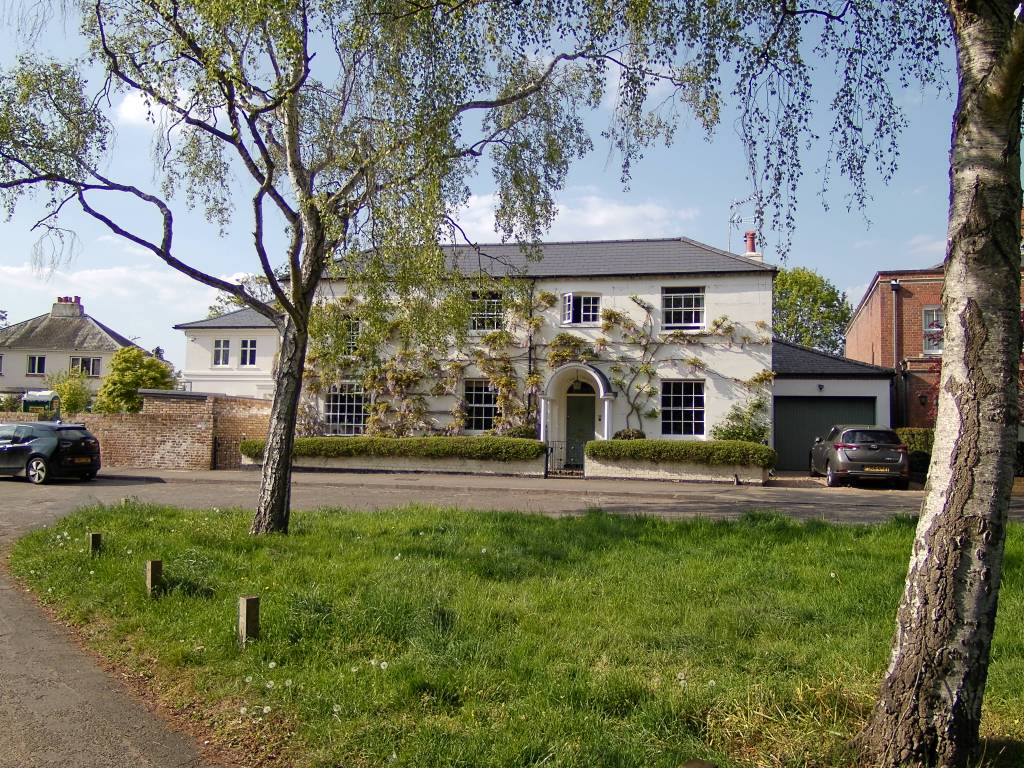
Likewise in common with budget point and shoot cameras is that the Yashica is slow to power up from cold, taking a leisurely three seconds before we’re ready to shoot. Similarly leisurely is the action of the 3x optical zoom lens, as mentioned, taking a full four seconds to move through its available focal range, from maximum wide-angle to extreme telephoto setting.

Oddly, there’s not what is immediately identifiable as a shutter release button on this camera, though via a process of elimination it turns out it’s actually the button marked with a stills camera icon, which usually would instead indicate we were placing the camera into photo / stills mode. There’s a separate button marked with a red circle beside it that is more obviously the record button for video.

A half squeeze of the shutter release and the camera determines focus in around two seconds, the LCD’s central frame illuminating green. Press the button fully and we get a sample sound of the shutter firing to let us know it’s taken the shot; though the camera’s sounds can be deactivated entirely if wished.
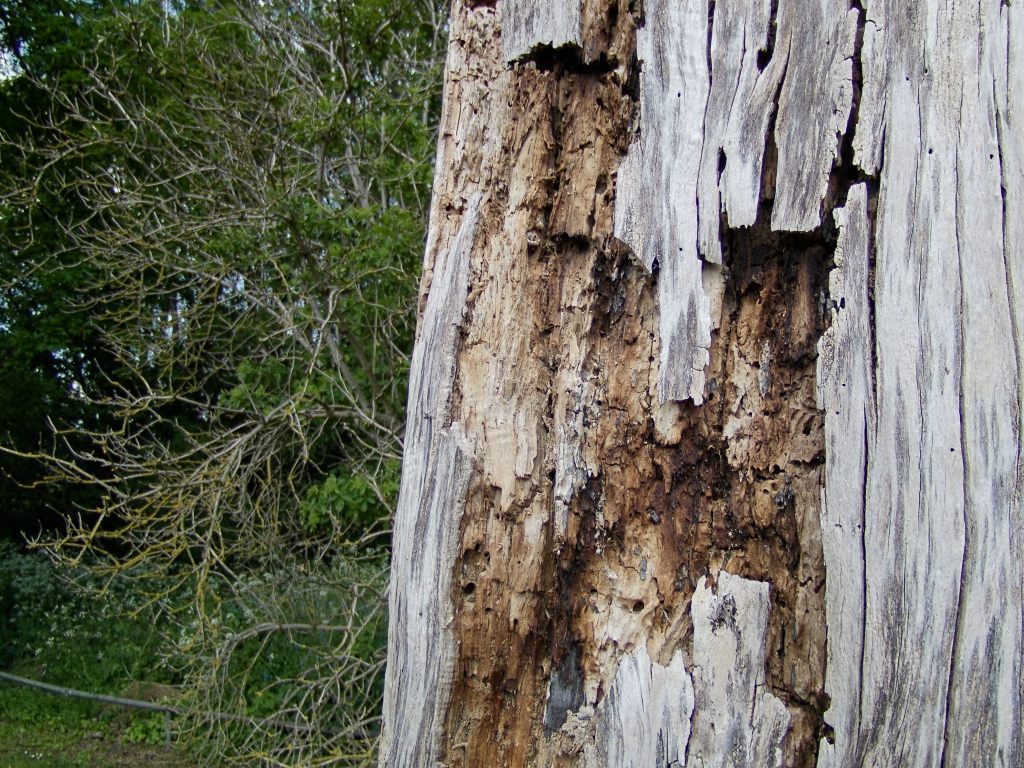
Stills images perform better than video, especially when there’s plenty of sunshine around and we stick to more modest settings like its default 13-megapixel option. Attempting the capture of 72MP images produces results that initially look just a slight bit sharper on screen. However, when enlarging both 13MP and 72MP shots to 100% the former holds its detail while the latter, interpolated images noticeably become more painterly looking, purple pixel fringing readily visible between areas of high contrast and straight edges appearing distinctly jagged.
As the higher resolution options also eat up more data capacity it seems sensible to stick to more modest resolutions. Who needs or indeed expects a 72MP file from a point and shoot camera with a tiny sensor anyway? Ignore the hype of the spec sheet and we find colours are fairly well saturated yet naturalistic, while detail is reasonable. It may not produce shots better than a modern smartphone can achieve, but for the price being asked the Yashica City 100 performs better than we expected.
Video produced is a little shaky, as it’s tricky to hand hold the camera completely steadily, and there’s a lack of stabilisation.
Is the Yashica City 100 value for money?
Upon reviewing the price of the Yashica City 100 it seems reasonable, with a cost comparable to what point and shoots used to retail for some 15 years ago, priced at £219. It’s not available in the US, but if it was we expect the price would be around $299 (at current exchange rates). It’s also around a third or a fifth of what a consumer level mirrorless compact might cost us these days.
Weighed up against this, however, is the fact that it does obviously feel constructed to hit a certain price point. Though its Apple product-like matt white exterior disguises its plastic build to a limited extent, pick the camera up and it feels rather less substantial than first imagined and rather toy-like with it.
Other options include the Kodak PixPro range of cameras, starting with the purely point-and-shot PixPro FZ45, which has a 4x optical zoom, and real Xenon flash, rather than LED, at roughly half the price, albeit without any manual controls. If you’re prepared to buy a second-hand camera, then there is a vast range of vintage digital cameras to choose from.
Hipsters who delight in the plastic build, light leaking Lomography compact camera range, however, may well find this Yashica offering charming. And almost sophisticated by comparison.
Final Verdict on the Yashica City 100
The adage ‘you get what you pay for’ rings true in the case of the Yashica City 100. Yes, on the face of it, it meets the reinvigorated demand for compact digicams with a standard feature set, including 3x optical zoom and swing-out rear panel LCD screen provided in lieu of any eye level viewfinder. It also includes a hot-shoe and a port for an accessory microphone which are features we would not normally expect on a ‘cheap’ compact.
On the downside the build quality feels less substantial than we’d like, while its operation, particularly that of its zoom, feels a little sluggish overall. Essentially it cannot in any way compare to a mirrorless camera costing three or five times the price; this isn’t a photographic tool that quickly becomes an extension of our own eye and arm.
A new point and shoot compact? Unexpected. From a formerly respected brand we haven’t seen in ages? Doubly so, even if someone else has licensed the name. Stick to shooting at the setting that most closely matches the native resolution of this camera’s small sensor and picture quality is actually OK. Move beyond this and we quickly notice familiar aberrations such as purple fringing between areas of high contrast and the appearance of jaggies becoming more pronounced. A case in point is the top-whack interpolated 72MP setting, which seems to have been included only to have something eye catching on the spec sheet.
While this compact snapshot is portably lightweight it also feels a little insubstantial because of it. Still, for the almost pocket money price and the fact that the average digital camera costs a lot more than this, there should be enough curious souls out there to take a punt on the Yashica City 100, especially given the current craze for – and relative paucity of – competing compact snappers.
While this inexpensive snapper hasn’t completely wowed us, we’re still pleased to see new cameras appearing in the West under the Yashica name again. Stay away from the interpolated/ upscaled image settings and image quality is perfectly acceptable too for what we’re paying. If you really are on the market for an inexpensive snapper for those occasions when you want to put the smartphone aside and be a little more mindful as regards your picture taking the Yashica City 100, or its bigger ‘200’ brother, may even be considered fun.
